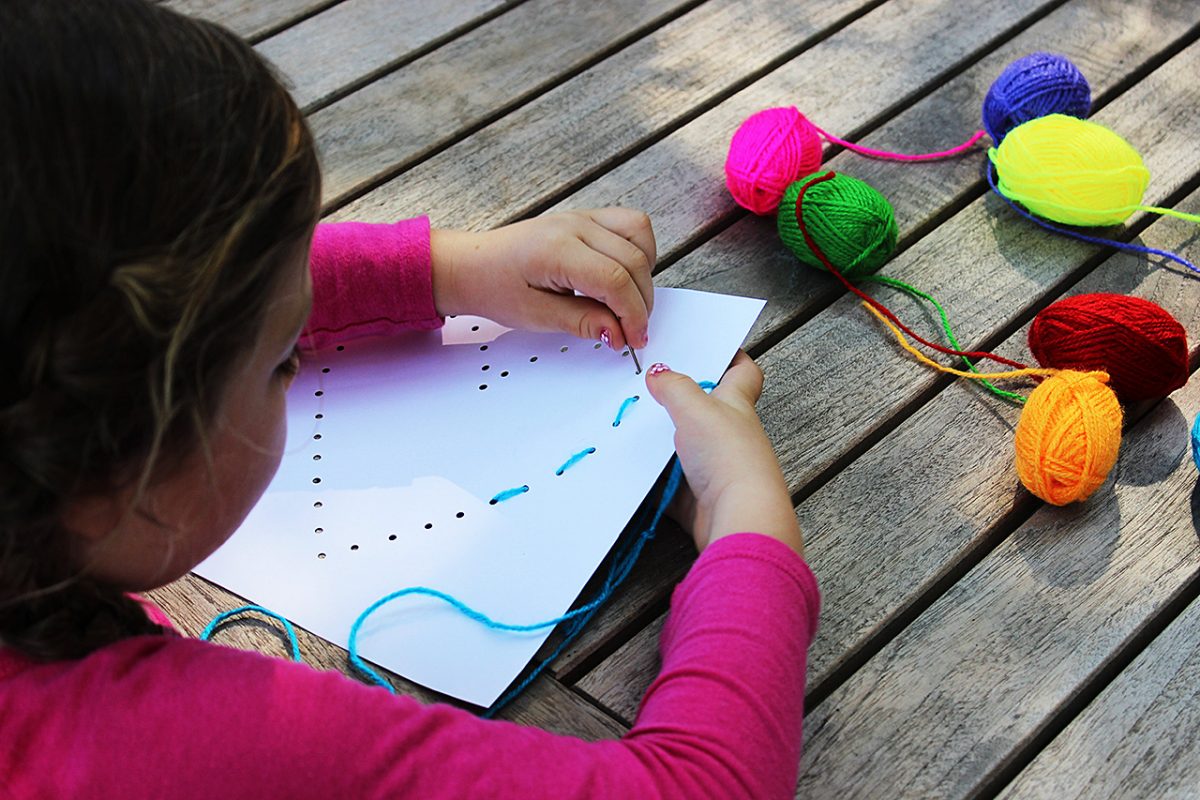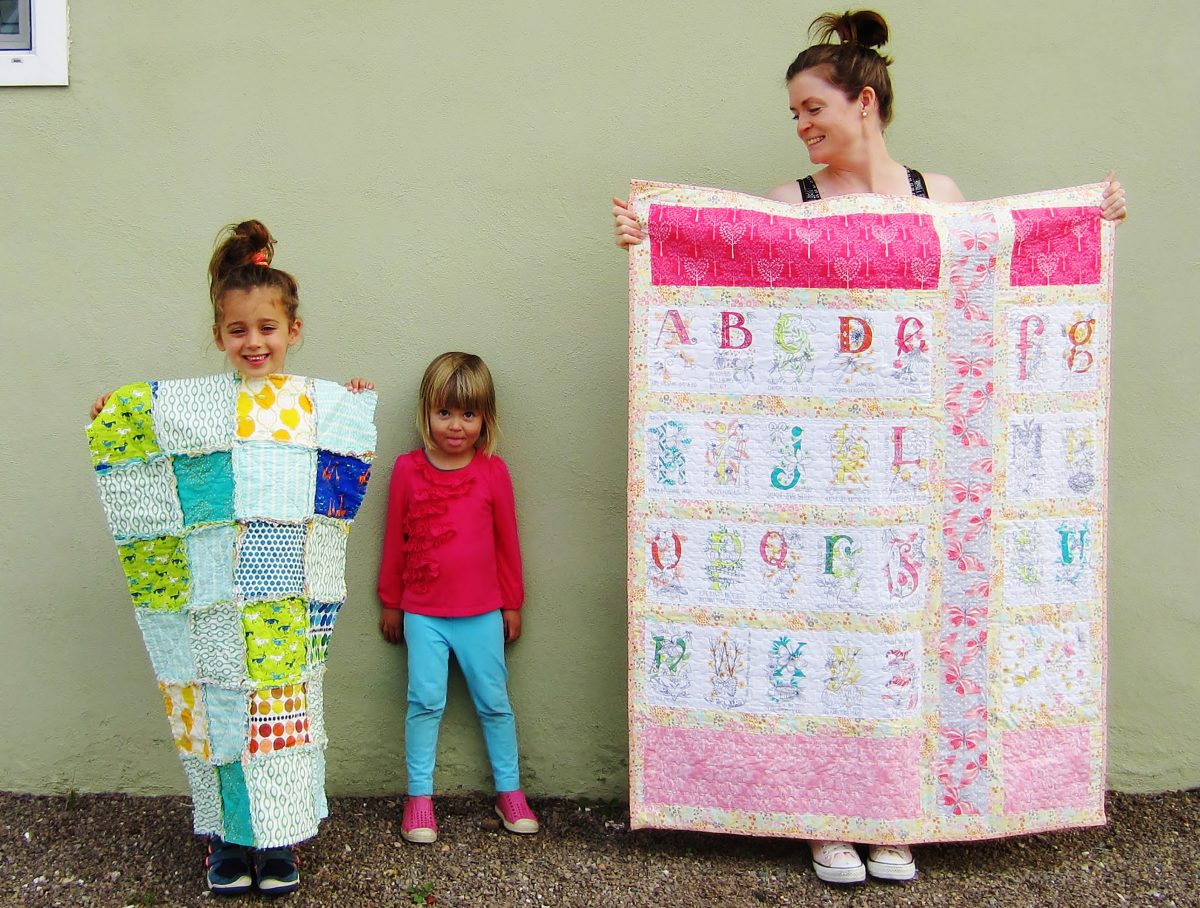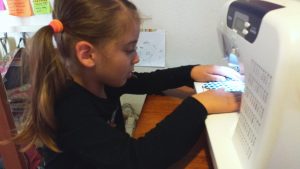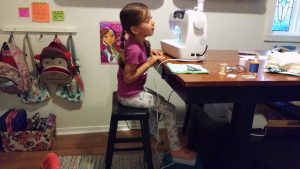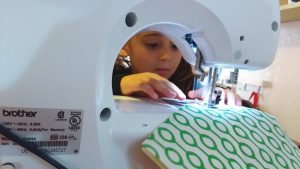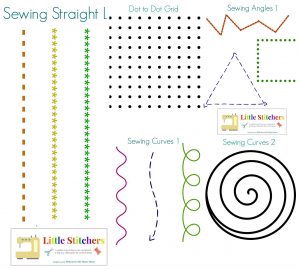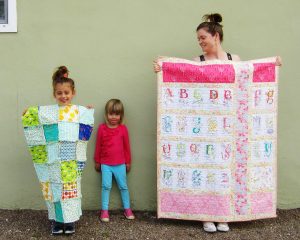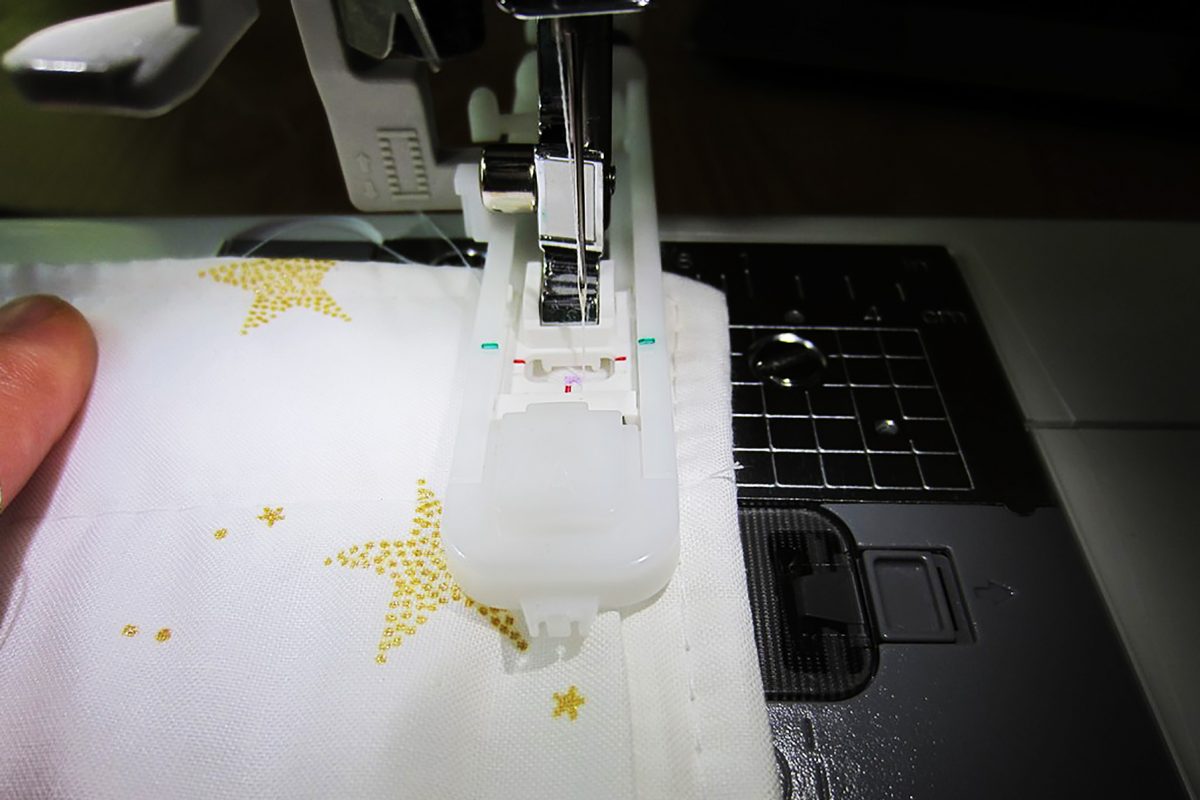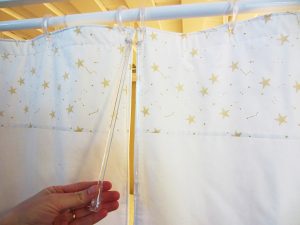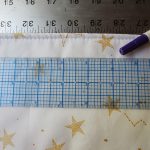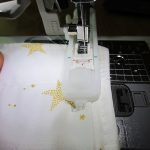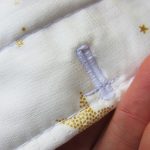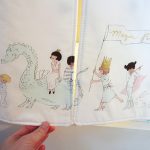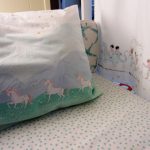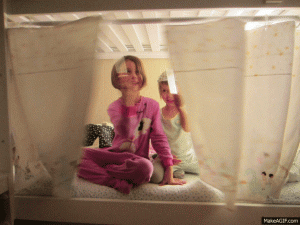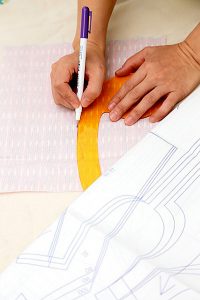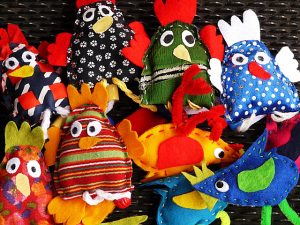 What’s your first sewing memory? For me, it’s when my mom came to nursery school and did a bean bag project with the whole class. We all got to take home a bean bag at the end of the day and I felt super special that my mom came in and shared her sewing machine and skills with my class.
What’s your first sewing memory? For me, it’s when my mom came to nursery school and did a bean bag project with the whole class. We all got to take home a bean bag at the end of the day and I felt super special that my mom came in and shared her sewing machine and skills with my class.
Would you like to give a similar warm feeling to your kids, but you’re not sure how? My mom didn’t work, so she had the time, but many moms are juggling careers and kids and simply can’t take a day to visit nursery school. You can still create great sewing memories with your children.
Kid Sewing Circle
If you can’t go into your child’s school to show the class about sewing, bring the class to you. Pick a weekend and invite your kid’s classmates and their parents over for a kid sewing circle. Set up a bean bag game for them to play while each child has a turn working the sewing machine with you. Add some drinks and snacks to make it a sewing play date!
Doll Dress Up Day
If your child and her friends love playing with their dolls and giving them different outfits to wear, a doll dress up day can be a great way to create some sewing memories. The next time your daughter wants to have friends over to play, ask them all to bring their favorite doll. Let the kids dig through your scrap stash and choose their favorite fabrics. Then, while they play, help each kid create a special article of clothing or accessory for their doll.
Bedroom Spruce Up
Most kids at some point decide they want a “more grown up room.” This is a great time to create some sewing memories. Although making all the items necessary for a bedroom redo is a lot to take on, making a few simple accessories such as throw pillows allows your kid to add their own personal touches to their room while creating sewing memories.

